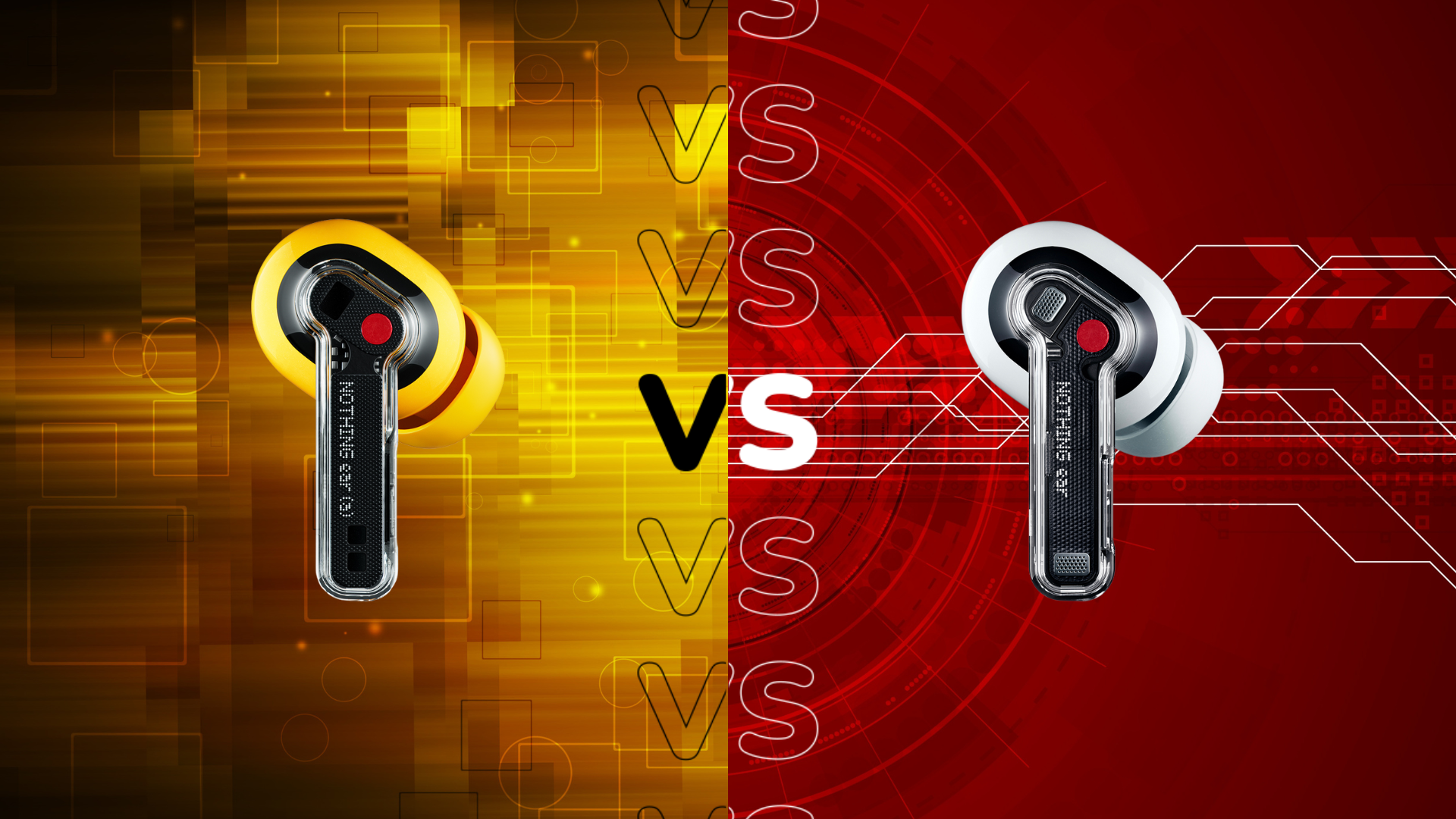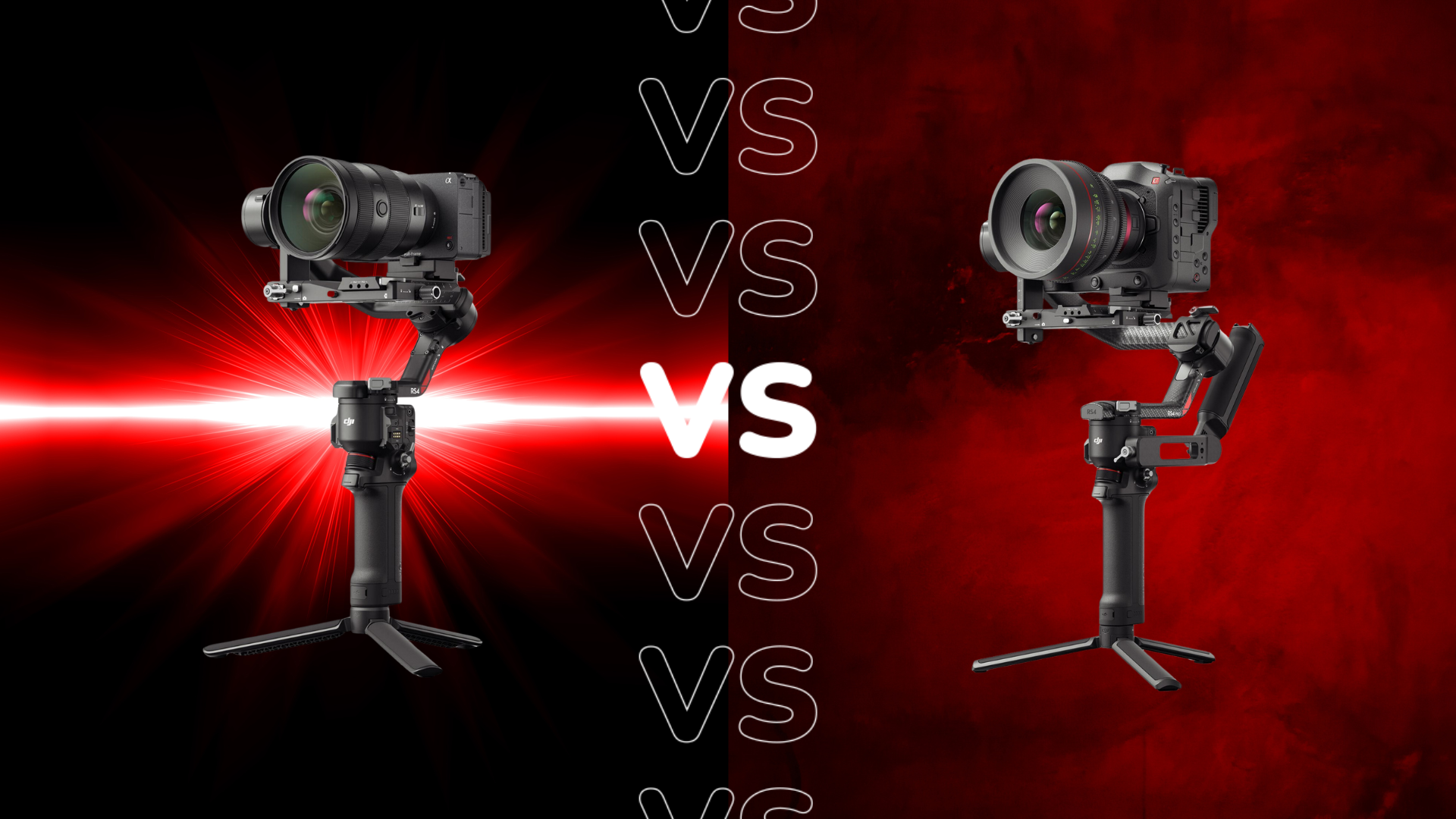Sonos Ray vs Sonos Arc: Which suits you best?
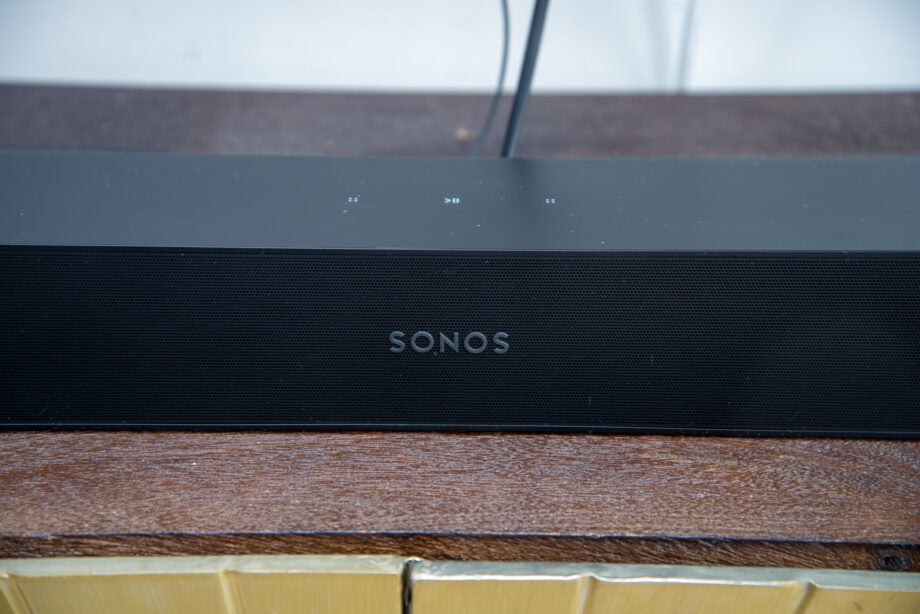
The Sonos Ray and Sonos Arc sit at either end of the Californian company’s soundbar range, the Ray is its cheapest and simplest bar to date, while the Arc is built to show off Hollywood blockbusters at their best.
The Sonos Ray is, at the time of this comparison, sits as Sonos’ entry level device for improving the TV sound. The Sonos Arc was the company’s first effort in bringing Dolby Atmos to living room, producing the overhead effects needed to pull off immersive audio.
Each has its own appeal, but in the Sonos Ray vs Sonos Arc, which would suit you best?
Price
The Sonos Ray is priced at $279 / £279 / €298 / CAD$349 / AUD$399, making it by far the cheapest bar in Sonos’ range. The Sonos Arc stands at the top of the pricing ladder at £899 / $899 / €999 / CAD$1099 / AUD$1499.
It’s obvious the Ray would save anyone a substantial amount of money, but the Ray and Arc offer differing viewpoints on improving sound in the living room.
Design
All of Sonos’ bars since the original Sonos Beam have adhered to the company’s industrial aesthetic, minimalist in appearance, rounded edges and a front-facing acoustic mesh. The main difference here is the size, the Arc is 90 x 1140 x 115mm, while the Ray is 71 x 559 x 95mm (HWD).
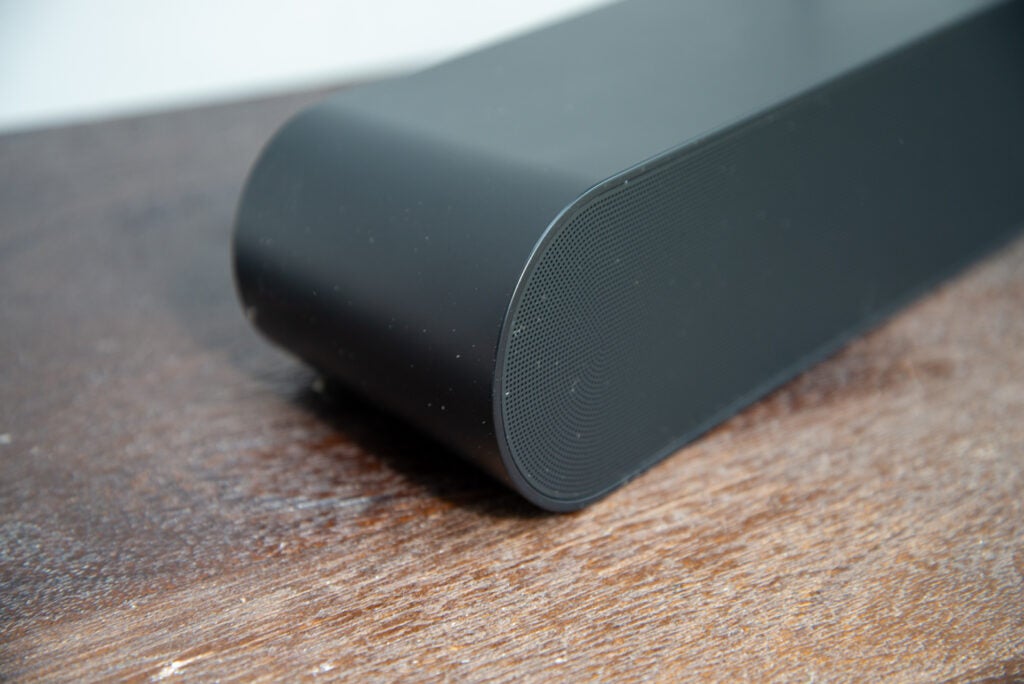
The Ray is better for smaller spaces and can even be put into your TV rack to save more space, while the Arc is best suited on a wide piece of a furniture in front of a TV. You won’t want to cover the top of the Arc either, as that would disrupt the effectiveness of the upfiring speakers used to create the Atmos effect.
The Ray suits TVs up to 55-inches, while the Arc takes over from (55-inches or more), so that will give interested customers any indication of how each bar is intended to work with your existing set-up. Both can be wall-mounted with an optional bespoke mount available from the Sonos website.
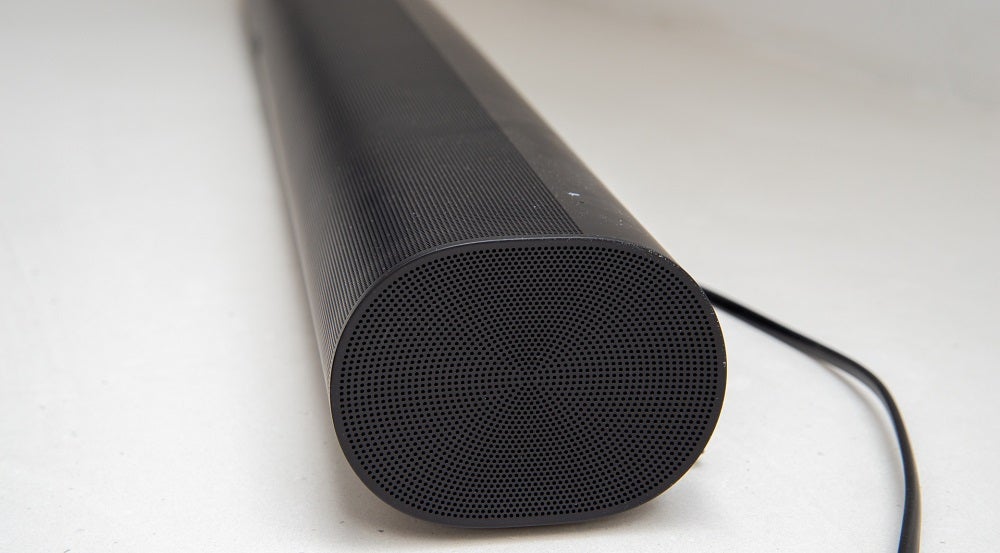
Both serve different spaces, so if you’re someone who’s not interested in Atmos and has a smaller TV/room, the Ray would be the direction to go in. For bigger rooms and those who do desire Atmos compatibility, then it’s the Arc.
Features
Sonos tends to offer consistent feature support across its soundbar models, but the Ray differs in that it doesn’t bear support for HDMI.
The Ray relies on an optical input for receiving audio, and Sonos have gone in this direction in an attempt to offer the widest compatibility with newer and older TVs. You also get an Ethernet port for hooking up to the Internet to connect to the soundbar to the Sonos S2 ecosystem.

With the Arc, it does support HDMI (eARC), although it doesn’t feature an optical connection, utilising an optical adapter if your TV doesn’t support an ARC or eARC connection. HDMI CEC on allows for control over power and volume, whereas with the Ray’s IR input, it has to be tuned to receive the signal from the TV’s remote. We found this aspect to be more fiddly than it should be, and that bumping up volume on the Ray can also bump up volume on the the TV. To get past this, you should check as to whether your TV’s speakers can be turned off.
Both models support Sonos’ S2 app (you can find out here which other devices are compatible). Using the Sonos app both soundbar can be used in a multi-room set-up alongside other Sonos speakers.
The S2 app supports Spotify, Tidal, Qobuz and Apple Music streaming services along with dozens more, and there’s also access to Sonos Radio, which brings with its 60,000 plus radio stations. Apple’s AirPlay 2 features on both model, which brings casting from iOS devices into the fray.
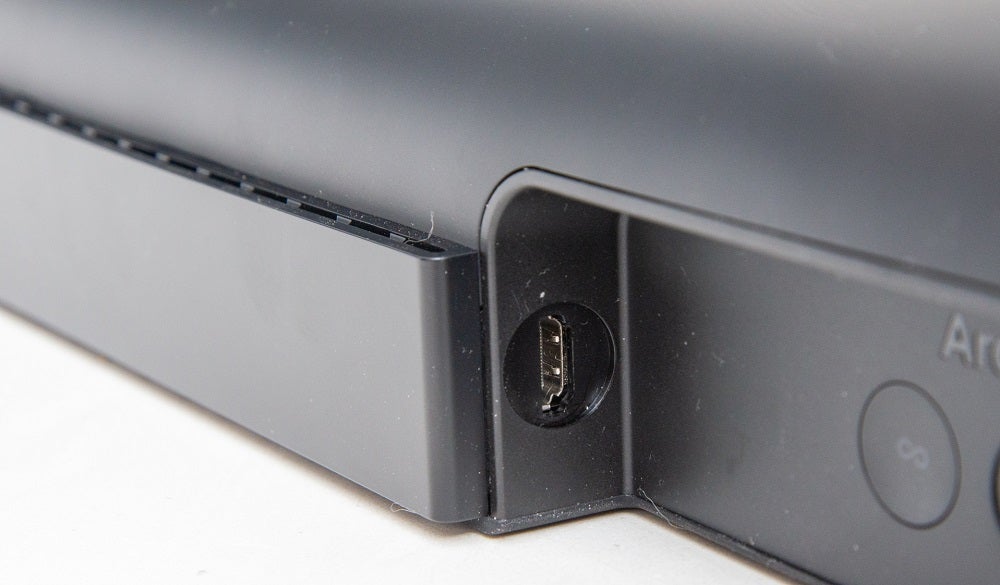
Out of the two, the Arc is the smarter effort, with support for Alexa and Google Assistant with its integrated far-field microphones there to pick up your voice. The Sonos Ray doesn’t feature any microphones like the Roam SL and One SL, and therefore doesn’t feature any digital assistance.
Trueplay is the means by which the speaker’s sound is calibrated to suit the environment it’s in to deliver optimal sound, and both the Ray and Arc make use of this. Lastly, the Arc supports Dolby Atmos, Dolby Audio, Stereo PCM and DTS Digital Surround, while the Ray drops the Atmos as it doesn’t have the speakers/processing for it, nor can Atmos be played through an optical connection.
The crux of this section whether you want a soundbar to go with an older TV or you’re looking for a partner with a new Dolby Atmos compatible TV. For the latter it’s the Arc, and for the former the Ray is best suited.
Performance
With the Arc an Atmos soundbar, it produces a bigger, wider and taller soundstage than the Ray. Its speaker set-up boasts three silk dome tweeters and eight elliptical mid/bass drivers. Two mid-bass drivers fire upwards for the height channels, while another two sit at either end to push audio out wide with three are titled upwards at the front to fire sound towards the listener.
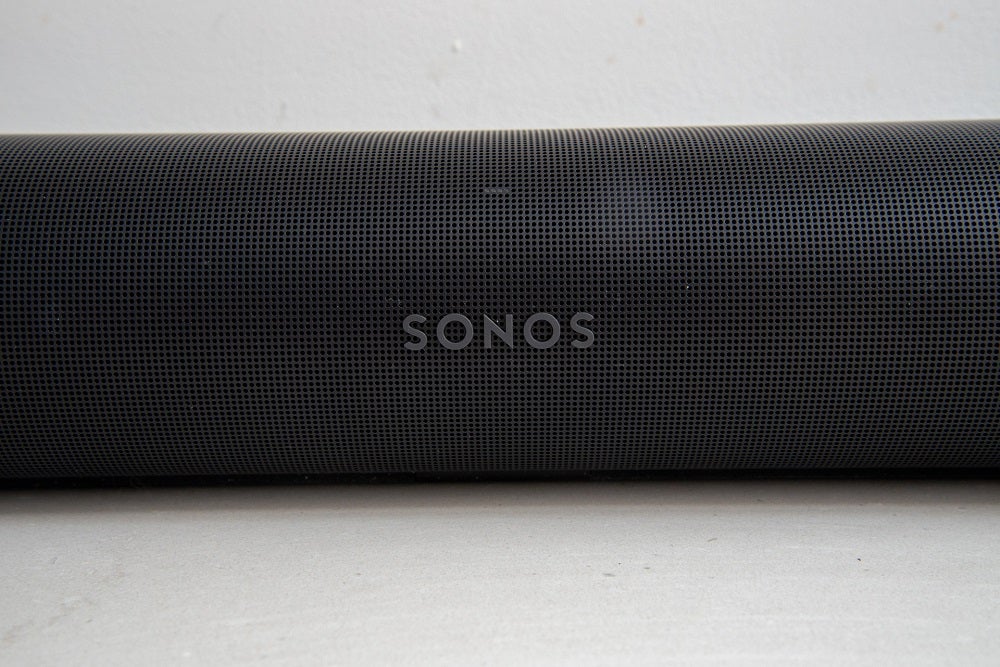
One thing we noted with the Arc was that the transition between midrange and bass is not wholly unified, so it’s not the most seamless performer in that sense. The top end of frequency range is crisply defined, bass hits hard and the mid-range is spacious and detailed. Aside from that ill-defined crossover between midrange and bass, it’s an impressive sounding model.
The Ray features four Class-D amplifiers that control two tweeters, two full-range mid-woofers, with two curved low-velocity ports for bass. Waveguides flank the left and right speakers to push audio out wide. The result is a surprisingly wide soundstage for its size, vocal clarity is improved over a TV and bass is effective, though not as room-shaking as the Arc can produce.
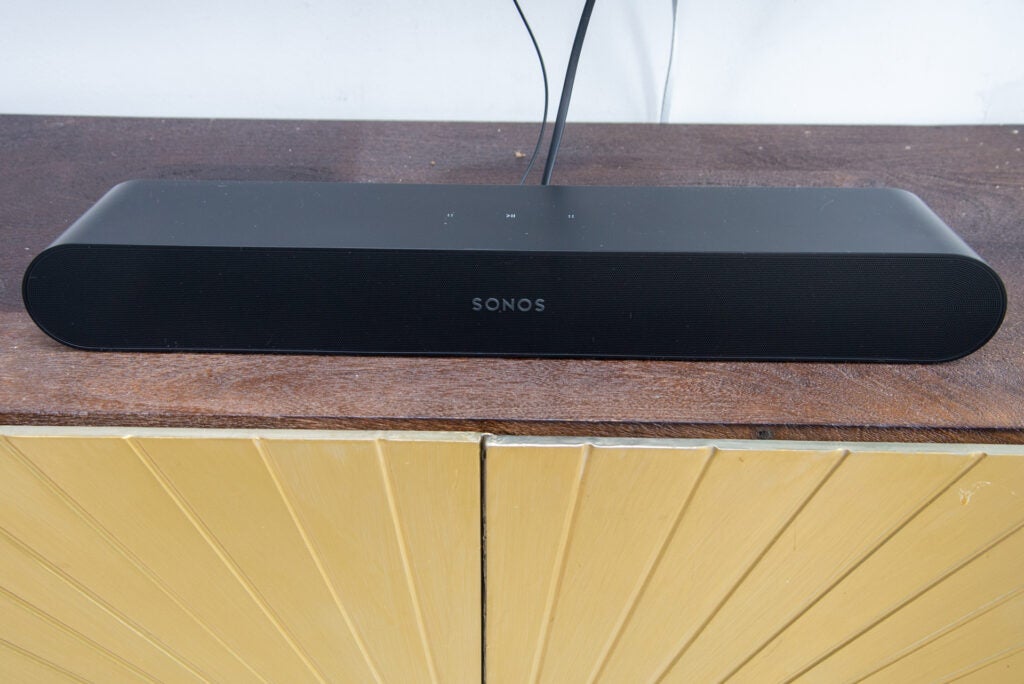
With music, the Arc shows presence in the low-end regions, with a textured mid-range performance and fine reproduction of high end frequencies. The disparity between midrange and bass is more noticeable with music than it is with films, but this is an enjoyable sounding effort nonetheless. The Ray shows decent skill with music, bringing out a good amount of detail and subtlety, although bass is less impactful in its description and the Ray sounds flatter than any other soundbar Sonos offers. For more bass weight and depth, there’s always the option of adding the Sonos Sub.
The Arc is the better-sounding speaker, but choosing it will depend on other aspects we’ve mentioned elsewhere. Do you have enough room and a TV that supports Atmos soundtracks? If so then you’d likely make a move for the Arc. If not, then the Ray acquits itself well, though you’ll have to live with the idea that it is more compromised in the delivery of its audio.
Verdict
The Ray is the cheapest Sonos’ soundbar and best suited for older TVs or models that don’t feature HDMI port. With no digital assistance, this is a soundbar for those who simply want to improve the sound and not have a bar that doubles up as a smart speaker. For the price it’s very good value.
For bigger rooms the Arc is the better choice, but if you have a smaller room but still want Atmos support then the Sonos Beam Gen 2 may interest. Sonos’ current line-up now has plenty of options to fit your living circumstances, and all impress in the performance they offer.



